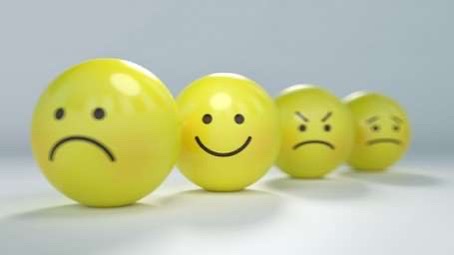Childhood tooth decay is on the rise, so what can we do to help?
A recent study by Public Health England has revealed the worrying statistic that one in 10 three-year-olds have some form of tooth decay. Those surveyed had on average three teeth that were decayed, missing or filled.
“Much of children’s sugar intake comes in the form of sugary drinks. Drinking them from bottles and sippy-cups further increases the damage caused, particularly to the front teeth” claims Mel Wakeman, nutrition expert and Senior Lecturer in Applied Physiology at Birmingham City University.
“Ideally children should be encouraged to move from a bottle to a cup from the age of 1 but many children can find this transition difficult (as do parents) because the bottle is often a great source of comfort and less messy! Teaching a child to use a straw can also help.
“Sugary fruit juice drinks aimed at very young children are simply not necessary and should be avoided. Water and milk for the under 3’s are the best choice.”
Peer pressure among children is unavoidable, and brightly coloured drinks bottles will always be more appealing than a regular plastic cup, so it may be worth decanting milk or water into a preferred water bottle. For slightly older children, try personalising drinks bottles with stickers or opt for those with their favourite cartoon character to make water or milk more fun to drink.
It’s not just sugary soft drinks that can contribute to tooth decay, even natural fruit juices contain high levels of fruit acids and naturally occurring sugars. If you find that your child continues to want sweet or fruity drinks, gradually water the drinks down over a few weeks until you are giving them plain water.








